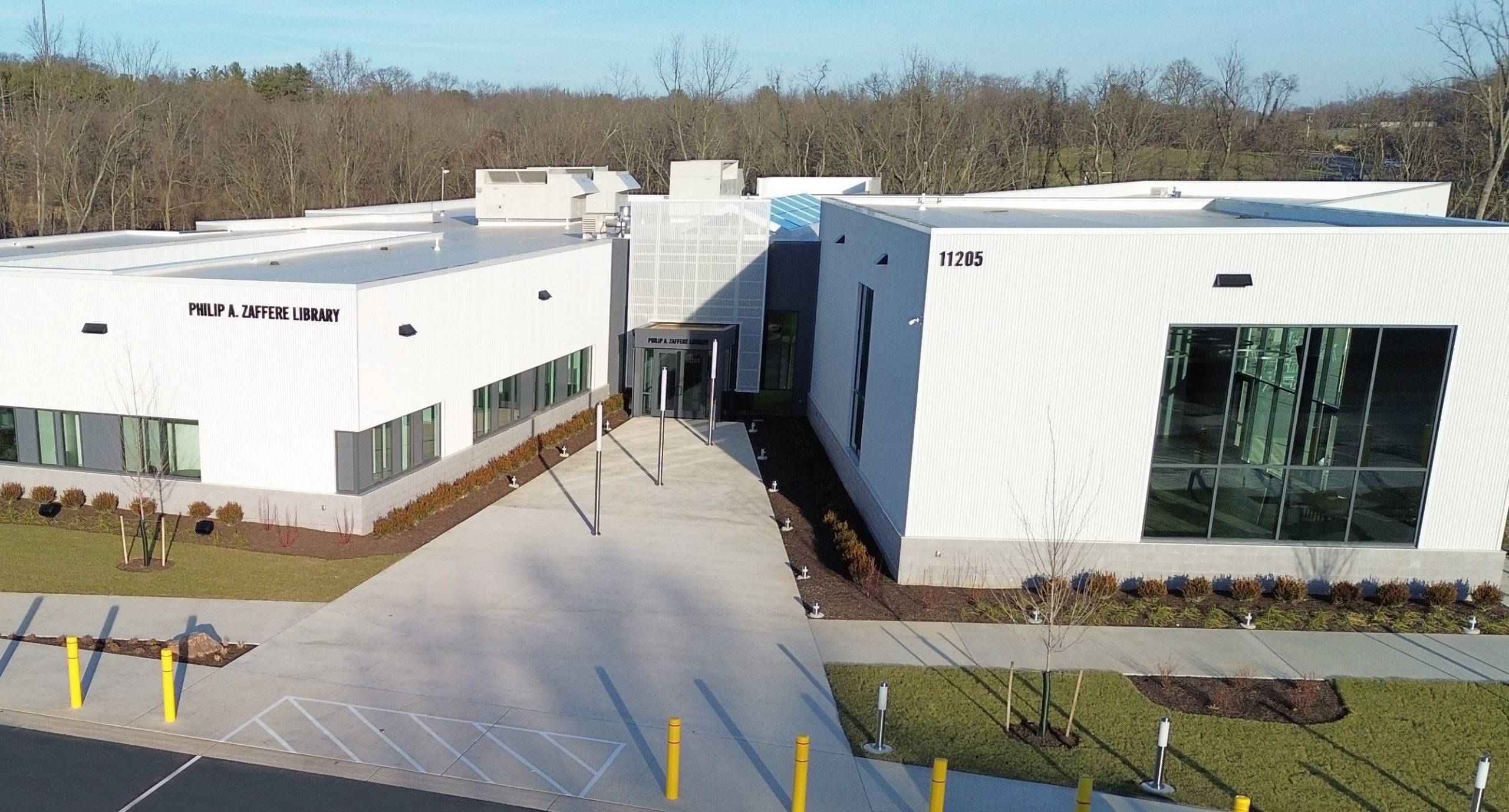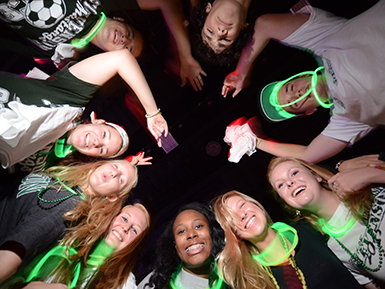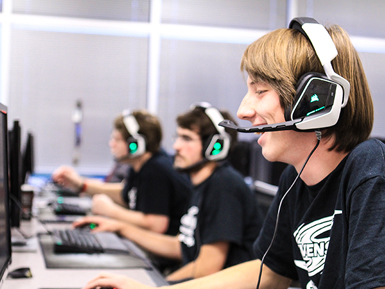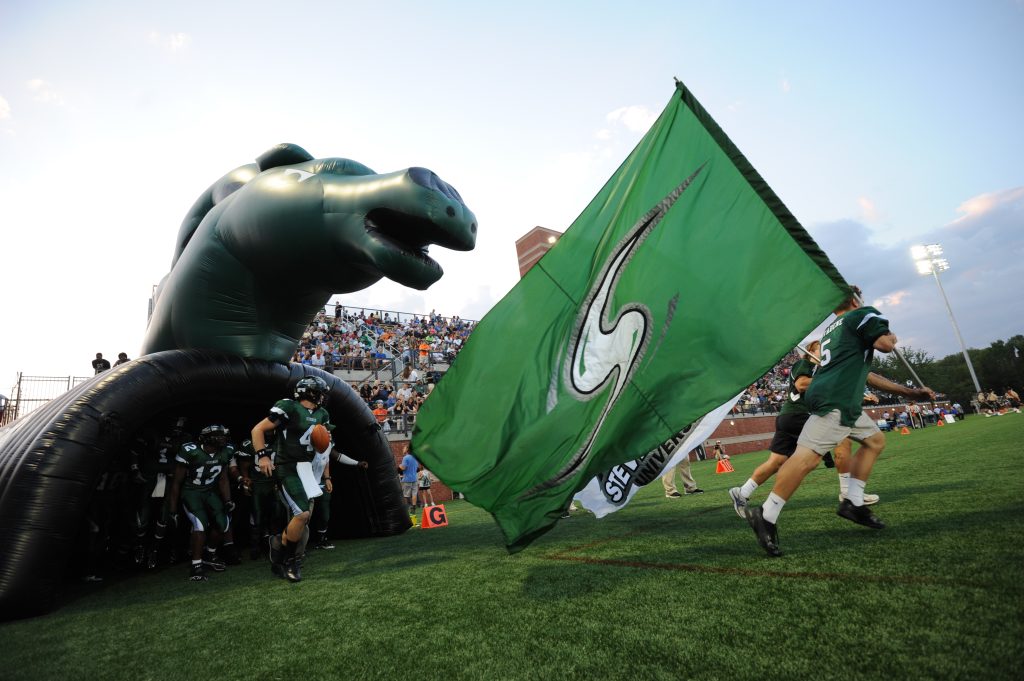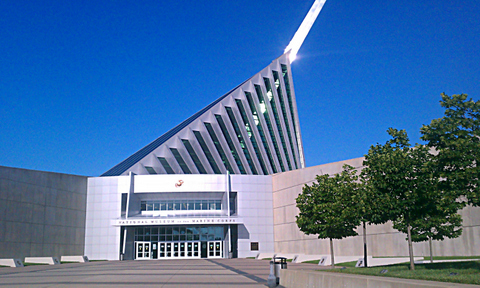
Photo Courtesy of the National Museum of The Marine Corps
Representatives from Stevenson’s Public History Program spent a memorable Saturday morning at the National Museum of the Marines Corps in Triangle, Virginia. Leaving campus at 7:00 AM, public history majors Cory Vincent, Alex Jeffries, Katy Puccio, and Austin Knox traveled along with Professors Erdman and Johnston to see one of the finest museums in the United States. Located near Quantico, VA, the museum commemorates the activities of the U.S. Marine Corps throughout our history. While exhibits address the history of the Marines up to contemporary times, the majority of fixed exhibits address the period 1775-Vietnam-era activities.
From the moment one enters the museum’s parking lot, one senses that this museum is different. With its soaring, glass-topped architecture, the museum looks like it should be a church or cathedral much more so than a museum. The outside world diminishes as you walk from your car to the entrance and your focus becomes the history of the United States Marines.
Upon entering, you are immediately greeted by docents who professionally explain the purpose of the museum and get you started on your journey into USMC history. Many of the docents were Marines and have lived the life they are commemorating–the life of a Marine throughout the history of the United States. We were honored to meet Frank Matthews, a veteran of the deadly assault the Marines made on the island of Iwo Jima during WWII. Working as a docent at the museum, he guides visitors through the Iwo Jima exhibit and explains what it was like for a young 18 year old kid from North Carolina to fight for nearly a month on that volcanic island to defeat the enemy. You don’t just read about history at this museum, you reach out and shake its hand.
The attention to detail in the exhibits is incredible! The exhibit above depicts the USMC landing at Tarawa, one of the Gilbert Islands in the Pacific, in late-1943. In many museums the armored vehicle would have just been plunked down and the human figures arranged on the exhibit. A close review of the exhibit shows details that increase the realism of the displays. See the photos below to observe how sand was “glued” to both the tracks of the armored vehicle and the boots of the Marine running in the sand.
Similarly, even though the majority of visitors will only see the USMC AV8-B aircraft from the bottom as they walk across the museum floor, a daring few will climb three stories of steps to see it from the top. In return for their investment, those visitors will see the pilot aas well.
A wonderful field trip, the National Museum of the Marine Corps is a destination to which every public historian should aspire to visit as soon as they can.
From L to R: Austin Knox, Cory Vincent, Glenn T Johnston, Alex Jeffries, and Katy Puccio. Photo by Jen Erdman.

